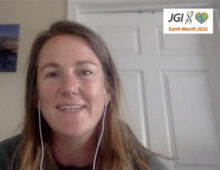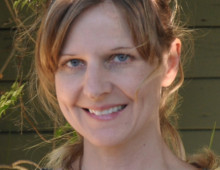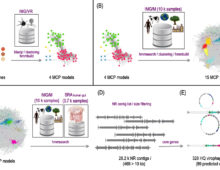Engagement Webinar: What Can You Do With An Approved CSP Functional Genomics Call Proposal?
During the JGI Engagement: Accessing Functional Genomics Capabilities Webinar, researchers described how they had availed of JGI’s resources and capabilities through the Community Science Program’s Functional Genomics call for proposals. [Read More]









